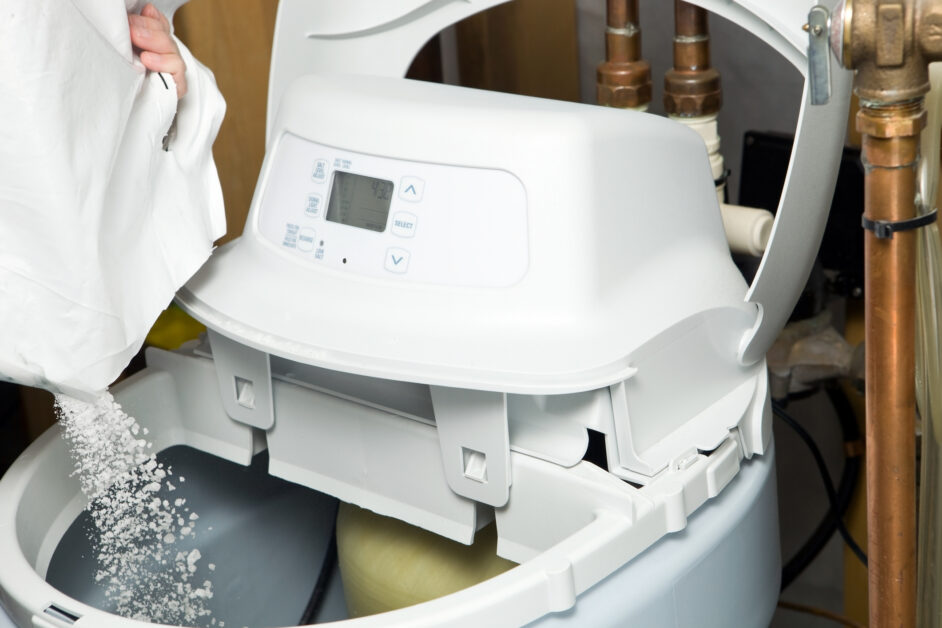What’s the quality of water like in your home? Turns out, your water’s quality doesn’t just matter for taste. It can have a major effect on your ability to clean with it as well, whether it’s dishes or your own hair. It all comes down to how hard your water is.
Water hardness is the measurement of mineral concentration in your water. Usually, this measures the content of magnesium and calcium in your water. The higher the content, the harder your water is. If you want to treat your hard water, you need to get a water softener installed. These incredible devices can remove the harmful minerals from your water. Here’s how water softeners work.
Mineral Tank
Water softeners consist of three primary components including a mineral tank, a brine tank and a control valve. You can learn about each one piece by piece starting with the mineral tank. This is where all the magic happens. Inside, the hard water enters the tank and is exposed to sodium ions. These negatively charged ions interact with the positively charged calcium and magnesium content. Essentially, this causes them to switch places using nothing more than natural electricity.
If you think your soft water is going to be filled with sodium, don’t worry. There are resin beads inside the mineral tank that filters out any excess sodium. The only thing left behind is some sodium bicarbonate, not sodium chloride, which is what table salt is. After this process is done, the water is soft and better than ever.
Brine Tank
The brine tank is used for storing brine as the name would suggest. Brine is a water saturated with salt. This is where those sodium ions are stored that are used during the softening process. You can also use potassium for the brine tank instead of salt as it’s typically more environmentally friendly, but potassium can get pricy. The brine is carried from the brine tank to the mineral tank each time your water is softened. This is known as regeneration.
Control Valve
Your control valve is what controls the regeneration cycle. You can set most water softeners to do this process on a timer, but the most efficient way is to buy a water softener than performs it based on how much water you’ve used.
The first part of the cycle gets rid of any debris and dirt left in the tank down the drain. Then the brine solution is pumped into the mineral tank. The resin beads inside are negatively charged, so they attract the brine and the magnesium and calcium in hard water. Once the obstructive minerals have been removed as the water passes through the beads, they’re flushed down the drain with the rest of the debris. Afterward, the control valve instigates a nice rinse, so the system is ready for next time.
Water Softeners with EcoWater Systems
If you’re ready to upgrade your water quality to soft water, it may be time for you to get a water softener installed. You know how water softeners work now, so all you have to do is find the right one for your home. Check out the selection from EcoWater Systems, where you’ll find quality softeners perfect for your household. Contact us today to learn more about our quality water treatment services.

